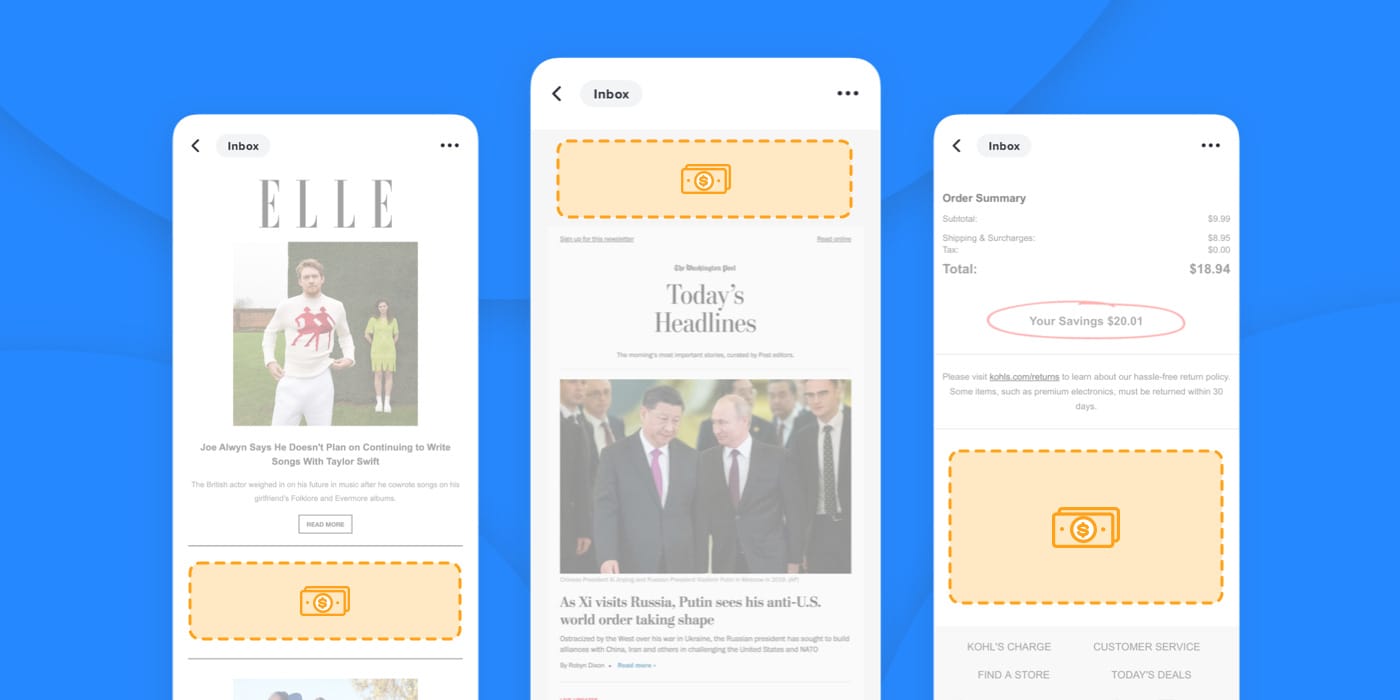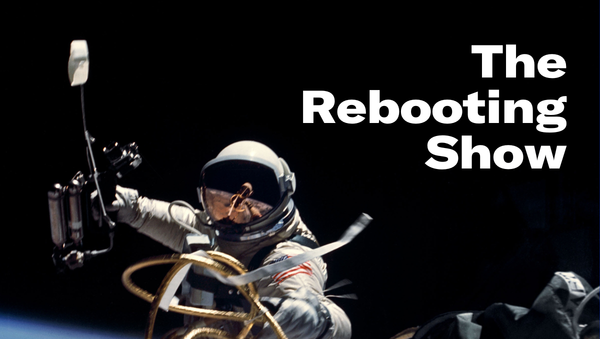Newsletters in a post-ZIRP era
Substack meets Masterclass meets....
I promised a part 2 to my formats issue from last week, but I’m going to push that off to next week because I ended up writing a bit more on newsletters losing altitude and want to follow my hosanna to brevity. Cobbler’s son, etc. Send me a note with feedback by hitting reply.
Thanks to this week’s presenting sponsor, LiveIntent. Over a decade ago, CEO Matt Kaiser was telling me how important email was both as a delivery method and as an identity tool. He had a point.

Unlock new revenue streams with email

Learn how you can use email to connect advertisers with your most engaged audiences. Join more than 2,000 premium publishers and 1,000 advertisers that use LiveIntent to drive revenue for their businesses.
Was the newsletter boom a zero-interest rate phenomenon?
Email is effective, nearly too effective. It’s my favorite publishing format, both because of the connection it fosters with an audience and its flexibility for building a business. Still, I was uneasy in 2021 as people went nuts over email newsletters. All kinds of insane things were happening in the twilight of the zero-interest rate policy era, like ape cartoon jpegs being valued at hundreds of thousands of dollars, and the excitement for email newsletters was likewise… a bit much.
In 2021, Substack closed a $65 million round valuing the company at $650 million “amid a newsletter boom” (Axios, May 29, 2021). It became a joke about prominent people leaving for Substack, which was using its Andreessen Horowitz funding to pay prominent writers advances rather than building better analytics and tools for unsubsidized writers. Just a month before, Ben Smith wrote a column in the Times about “freaking out about Substack” that included the amusing disclosure that Substack had tried to hire him with a massive pay raise.
Institutional publishers caught on to where the wind was blowing and scrambled to tell their investors and the broader market a newsletter narrative. Newsletters that year became yet another shiny object to chase, good for some PR and incremental business gains, only to be deprioritized as the “threat” from Substack poaching the best talent turned less than existential. Tell me if you’ve heard that story before. The Forbes “massive expansion of paid newsletters” (Axios, Jan 19, 2021) never materialized. The Information heralded its standalone newsletter, The Electric, as part of a plan to use specialist newsletters to develop an even pricier subscription tier in specialized industry verticals (Axios, July 6, 2021). The Electric is no longer a standalone publication, now part of the overall Information subscription. Just a couple months later, I read that The New York Times “doubles down on subscription newsletters” (Axios, Aug 12, 2021), as it deployed Styles editor Choire Sicha and other top staffers to build out its newsletters. Choire left soon afterwards and the newsletter push has amounted to mostly a churn-fighting tactic, hardly some massive change. Not to be outdone, The Atlantic’s “newsletter platform” (Axios, Nov 2, 2021) turned out to be another way to deliver the work of opinion writers. Of the nine who were touted, six still write newsletters at The Atlantic, which hasn’t added new subscriber newsletters to the “platform.” (I recommend checking out Charlie Warzel’s, Galaxy Brain.)
Substack is now asking its writers to invest in the company, and has generated $5 million in a crowdfunding extension of its 2021 round. It was forced to abandon efforts to raise last year at a very 2021 valuation of $1 billion with $9 million in revenue. Look, I think Substack is an important company, and I really like the people there, but I can’t think of a worse source of capital than writers. This is Willie Sutton skipping the bank to head to the library. Not a great sign. Better to sit in the chair and take the hair cut than pass off a zero-interest rate era valuation. As Industry Dive CEO Sean Griffey put it, “Hard to see this as anything more than a charitable donation from its fans.” Harsh but fair. The fundraising environment in 2023 is night and day different than the easy-money days of 2021.
Newsletters appear destined to follow the path of podcasting, a cottage industry long on potential, with some breakout stars, deeper attachment than reach, and a very long tail. Plenty of new media brands will be born from newsletters, which remain an ideal minimally viable publishing product, but they’ll add other media types and build from the base of a direct connection.
Email isn’t going anywhere, of course. Its demise has been predicted regularly for a generation. It remains an important path for connecting directly with an audience and understanding more about the individuals in the audience. The irrational exuberance around email fading is a good thing in the long run. Publishing is an endurance activity and always rewards obstinate persistence.

Build a culture of experimentation
While many may still see experimentation programs as, er, experimental, the truth is that they’re an absolutely foundational investment for fast-growth, customer-centric product companies. Realistically not every experiment is going to win (on average only 13% do, per convert.com) so a successful experimentation program is built upon learnings as the primary goal. Experimentation programs with much higher success rates (83% of HoK experiments beat the control in 2022) achieve sustainability through continuous improvement as learning grows and tests are focused.
House of Kaizen’s subscriber Growth Diagnostic, built from experience across all kinds of recurring revenue, subscription and membership products, identifies the characteristics of an optimal net-growth program. Learn more here houseofkaizen.com.
Recommendations
The panic at the LLM over AI’s advances is building. There’s now a petition with tech luminaries for AI development to be temporarily halted. I doubt that will happen. We are a technological species and, right or wrong, we will “take the plunge,” as Tyler Cowen writes.
For publishers, the concerns are more immediate. Thanks to Katie Robertson for including me in a piece unpacking the threat publishers face with their SEO operations that few trumpet but most rely on as reliable, high-margin operations. The shift to a chat interface is a profound shift in the user experience that will obviate a lot of the “friction” technologists abhor. The problem is that friction is publishers’ margins.
Maybe we hallucinated the metaverse. The brands that jumped on the bandwagon are just as quickly exiting as most companies pare back experimental efforts to focus on what they’re good at and what makes reliable profits. Disney is the latest.
Twitter’s pivot to subscriptions is a sight to behold. Ben Thompson makes a good argument that the latest plan – Twitter will only show suggested tweets from subscribers in its sometimes deranged “for you” algorithmic feed – is misguided, but a credible path is to pivot even harder into subscriptions. Elon Musk is speaking at the Possible ad conference next month in Miami, so who knows, maybe he’ll be holding court at the Gutter Bar in Cannes in June.
Finally, Garbage Day’s Ryan Broderick has turned several of his reliably great essays on internet culture into a great video on Silicon Valley’s midlife crisis that connects a lot of the dots in this transitional phase of digital media. I find this format very compelling.
Resources
- If you want to sort out the shifts in streaming, Matthew Ball has written a free “mini-book” that pulls together all kinds of data and insights. Highly recommended.
- If you want to grow a newsletter, Trends has a great primer on all the tactical considerations that need to go into building a growth engine.
- If you want to know what your sponsored content’s year-over-year growth should look like, Pressboard’s 2022 benchmark report shows how sponsored content campaigns performed across the industry. (Sponsored)
If you’re looking to reach 14,600 publishing professionals, you should consider sponsoring The Rebooting to showcase your expertise in finding paths forward for building sustainable media businesses. Check out the sales kit and get in touch: brian@therebooting.com.




